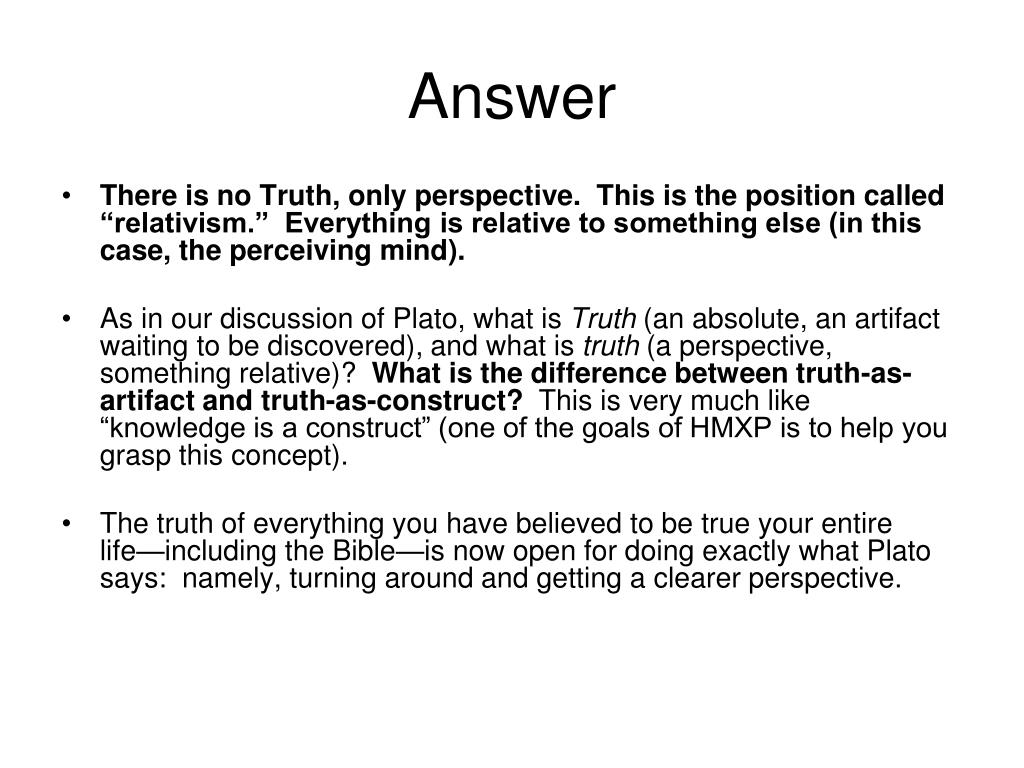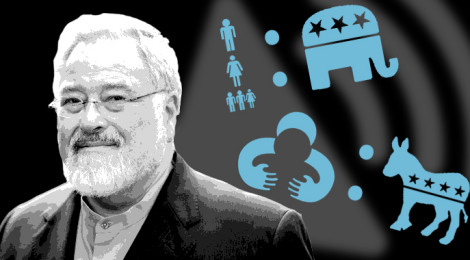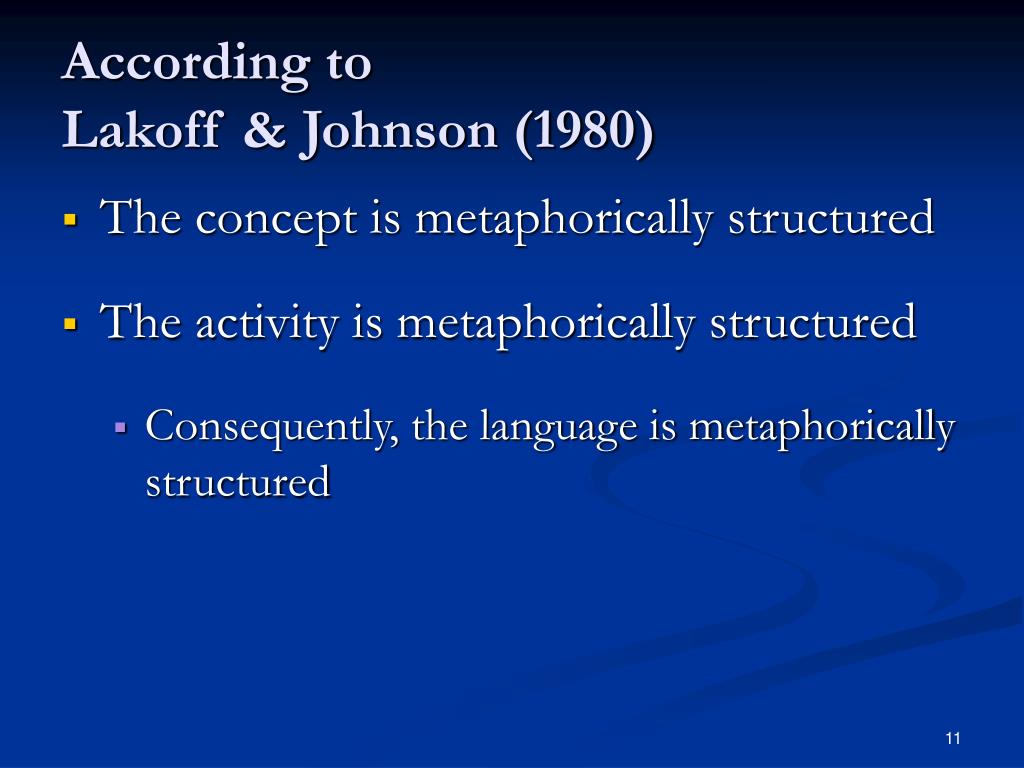


Reddy observes that in real communication, the hearer has as much responsibility as the speaker, and that what the hearer hears is very often not what the speaker intends. If you put an object in a container and send it, the receiver will find the same object inside. Reddy furthermore pointed out that the metaphor created an important inference about communication: the speaker is primarily responsible for its success. His point was that the generalization covering the linguistic metaphors was not in language, but in the metaphorical concept of communication as sending idea-objects in language-containers. Examples include: You finally got through to him. Reddy found over 100 classes of expressions for this metaphor. This notation from Lakoff and Johnson characterizes a conceptual mapping from a “source domain” frame for sending objects in containers to a “target domain” frame for communicating ideas via language. Communication Is Sending Idea-Objects in Language-Containers.Language Is a Container for Idea-Objects.Reddy had found that the abstract concepts of communication and ideas are understood via a conceptual metaphor: This discovery led almost immediately to the hypothesis that everyday reason that is understood as “abstract” (not just about “concrete” physical objects and actions) make use of embodied metaphorical thought ( Lakoff and Johnson, 1999). Metaphorical thought and the metaphorical understanding of situations arises independent of language. There are metaphorical ideas everywhere and they affect how we act.


The discovery of conceptual metaphor independently by Michael Reddy and myself in the late 1970's showed that metaphor is primarily conceptual, and secondarily linguistic, gestural, and visual ( Reddy, 1979 Lakoff and Johnson, 1980/2002). How We Got Here: Conceptual Metaphor in Everyday Reason


 0 kommentar(er)
0 kommentar(er)
